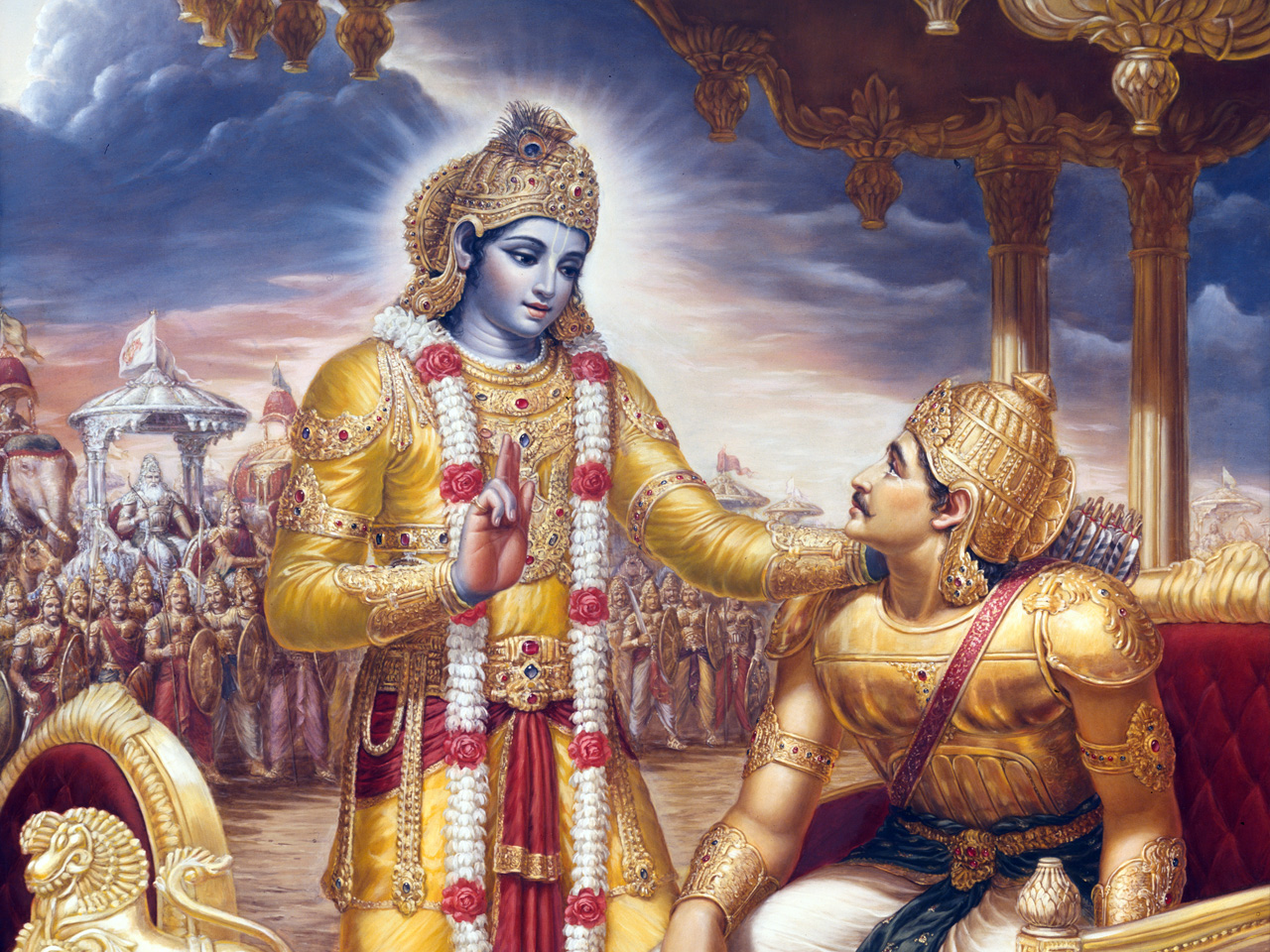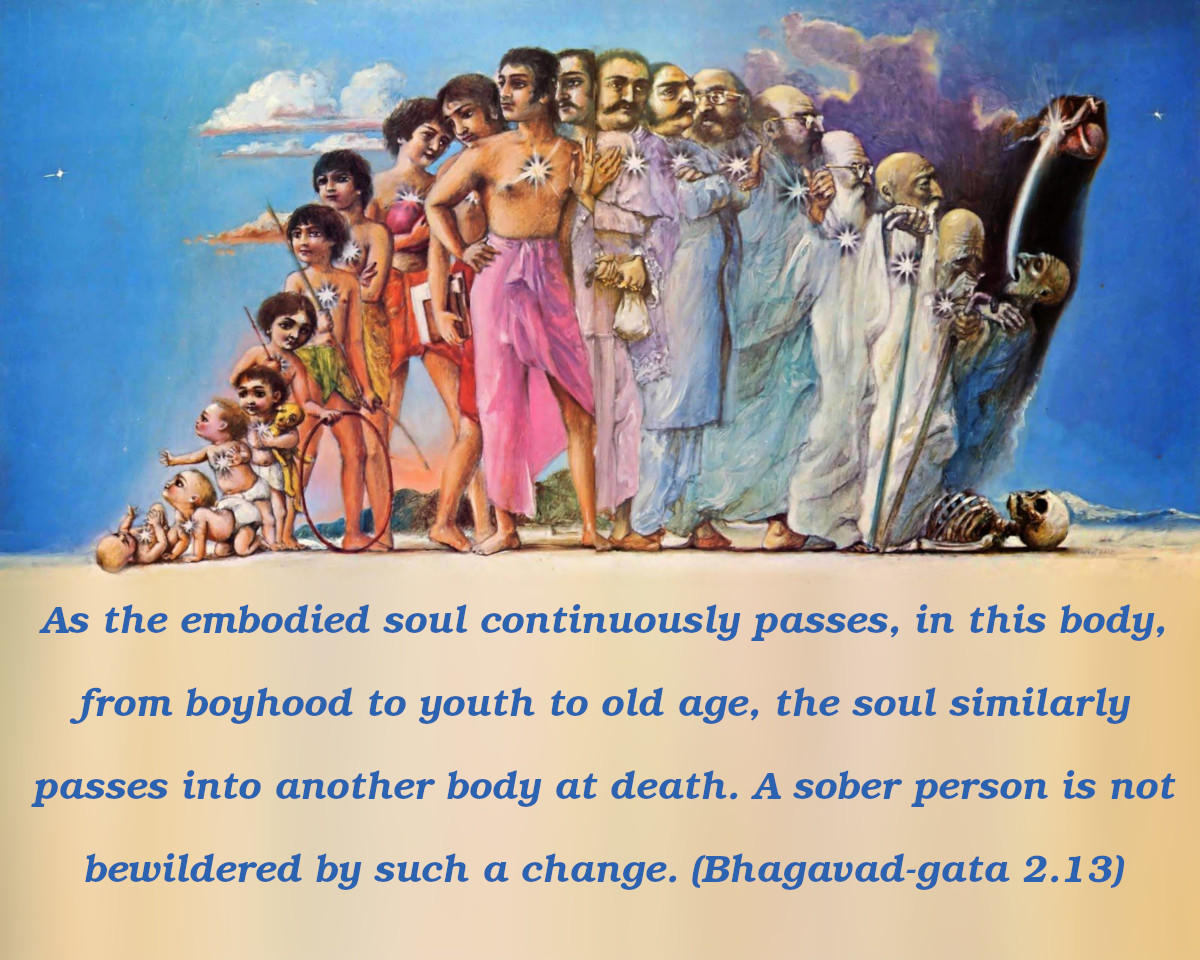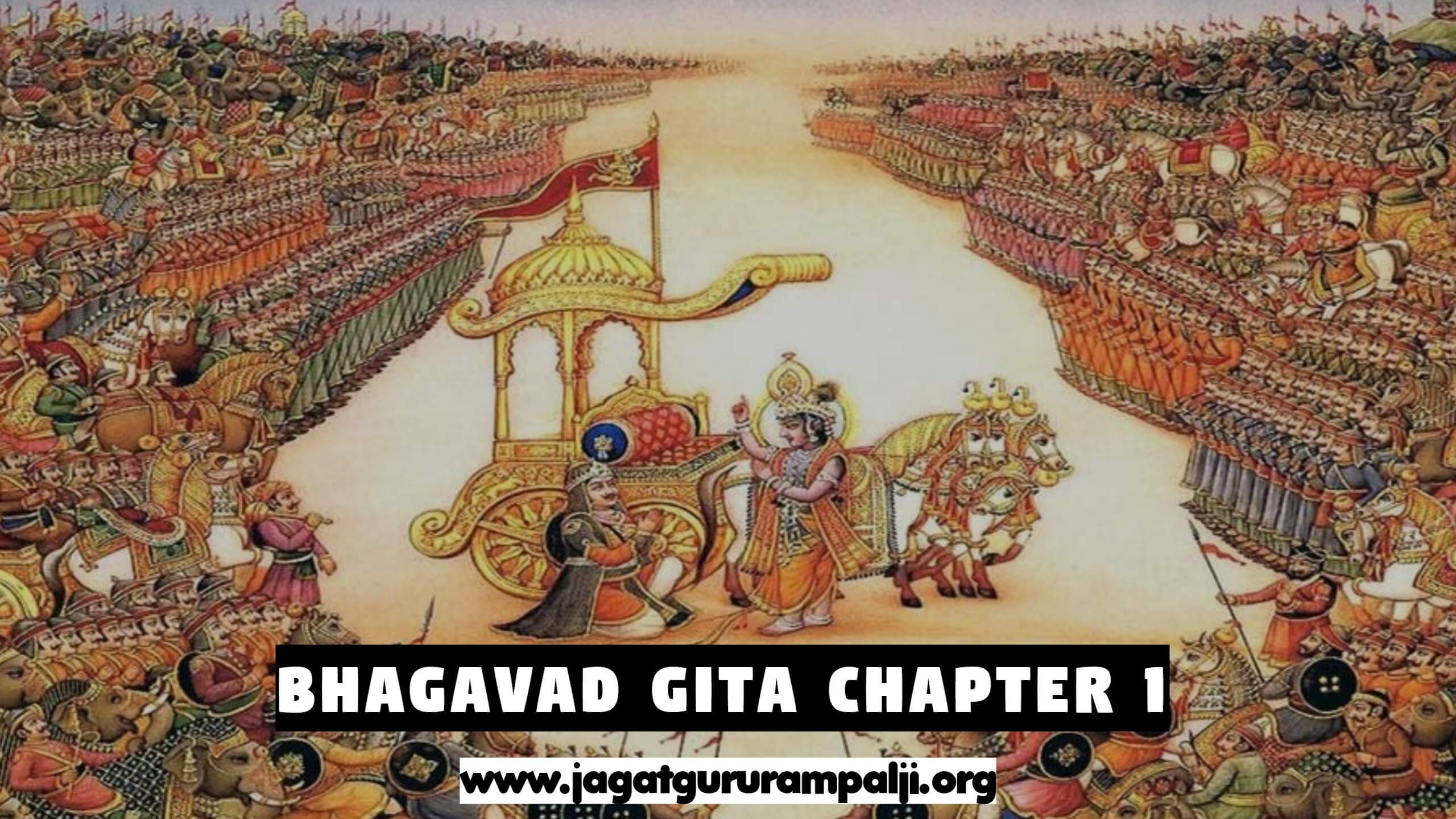Bhagavad Gita Chapter 1 sets the stage for one of the most profound and influential spiritual texts in human history. As the opening chapter of the Gita, it introduces the central characters, Arjuna and Krishna, and establishes the context for the epic battle that forms the backdrop of the dialogue.
Arjuna, a skilled warrior, is faced with the daunting task of fighting against his own kin in the Kurukshetra War. Filled with doubt and reluctance, he turns to his charioteer, Krishna, for guidance. Krishna’s teachings in this chapter lay the foundation for the Gita’s core principles, including the nature of dharma, the cycle of karma and rebirth, and the path to spiritual liberation.
Introduction

Bhagavad Gita Chapter 1, titled “The Distress of Arjuna,” sets the stage for the entire epic. It marks the beginning of Arjuna’s profound spiritual journey and the commencement of Lord Krishna’s divine teachings. This chapter lays the groundwork for the central themes of the Gita, which include the nature of dharma, the path to liberation, and the significance of selfless action.
The chapter opens with a vivid description of the battlefield of Kurukshetra, where the two vast armies of the Pandavas and the Kauravas are assembled. Amidst the impending clash, Arjuna, the valiant warrior, is overcome with doubt and despair. He questions the righteousness of the war and the consequences of his actions.
The Bhagavad Gita Chapter 1 sets the stage for an epic battle, introducing us to the complexities of dharma and the struggle between good and evil. As we journey through this chapter, we encounter Arjuna’s doubts and fears, mirroring our own quest for purpose and meaning.
Like the characters in reality quest chapter 75 , we seek answers to life’s profound questions. And just as Arjuna found guidance in Krishna’s teachings, so too can we find solace and wisdom in the timeless truths of the Bhagavad Gita.
Key Themes and Teachings
- The Nature of Dharma: The chapter emphasizes the importance of upholding dharma, or righteous duty, even in the face of adversity. Arjuna’s dilemma represents the universal struggle between personal desires and moral obligations.
- The Path to Liberation: Krishna introduces the concept of yoga as the path to liberation from suffering and the cycle of birth and death. He explains the different types of yoga, including the path of action (karma yoga), the path of devotion (bhakti yoga), and the path of knowledge (jnana yoga).
- The Significance of Selfless Action: Krishna stresses the importance of performing actions without attachment to the fruits of labor. He advocates for selfless service and the renunciation of ego, as these actions contribute to spiritual growth and the attainment of inner peace.
Arjuna’s Dilemma

The Bhagavad Gita begins with the iconic image of Arjuna, a skilled archer, standing on the battlefield of Kurukshetra, filled with reluctance and despair. The war that is about to take place is a civil war, pitting Arjuna and his brothers against their cousins, the Kauravas. Arjuna is torn between his duty as a warrior and his compassion for his family and friends.
Krishna’s Arguments, Bhagavad gita chapter 1
To address Arjuna’s concerns, Krishna, who is Arjuna’s charioteer and divine guide, presents several arguments:
- The inevitability of death: Krishna argues that death is inevitable for all beings, and that fighting for a just cause is a noble way to meet one’s end.
- The importance of dharma: Krishna emphasizes the concept of dharma, or righteous duty. He explains that it is Arjuna’s duty as a warrior to fight for what is right, even if it means facing his own family.
- The futility of attachment: Krishna teaches Arjuna to detach himself from the fruits of his actions. He explains that by focusing on doing his duty without expecting a specific outcome, Arjuna can find peace and freedom from worry.
Arjuna’s Decision
After hearing Krishna’s arguments, Arjuna ultimately decides to fight. He realizes that his duty as a warrior and his compassion for his family are not mutually exclusive. By fighting for dharma, he can both fulfill his obligations and protect those he loves.
Krishna’s Teachings on Karma and Rebirth

In the Bhagavad Gita, Krishna imparts profound wisdom on the interconnected principles of karma and rebirth, revealing the nature of human existence and the path to liberation.
The Bhagavad Gita’s opening chapter sets the stage for an epic journey of self-discovery. As we delve into its profound teachings, we can find guidance and inspiration on our own path. The concept of fame and its impact on our lives is explored in-depth in muse on fame chapter 6 . Returning to the Bhagavad Gita chapter 1, we are reminded of the timeless wisdom that guides us toward a life of purpose and fulfillment.
The Principle of Karma
Karma, a Sanskrit term meaning “action,” refers to the law of cause and effect that governs human actions. According to this principle, every action, thought, and word has consequences that shape our destiny.
The Bhagavad Gita’s opening chapter sets the stage for a profound spiritual journey, much like the first chapter of a captivating novel, such as my happy marriage chapter 1 . In the Gita, Arjuna grapples with life’s challenges, seeking guidance from his mentor Krishna.
Similarly, in “My Happy Marriage,” we embark on a relatable exploration of love, growth, and the complexities of relationships. While the two chapters may differ in context, they share a common thread: the pursuit of wisdom and the transformation it brings.
- Good Karma: Virtuous actions, such as acts of kindness, compassion, and selflessness, accumulate positive karma, leading to favorable outcomes in this life and beyond.
- Bad Karma: Unrighteous actions, such as violence, greed, and dishonesty, accumulate negative karma, resulting in unfavorable consequences.
Reincarnation and the Cycle of Rebirth
The concept of reincarnation, known as punarjanma in Hinduism, is closely intertwined with karma. Krishna teaches that upon the death of the physical body, the soul transmigrates into a new body, carrying the accumulated karma from previous lives.
The cycle of birth, death, and rebirth continues until the soul attains liberation (moksha), a state of spiritual enlightenment and freedom from the karmic cycle.
The Nature of God and Devotion: Bhagavad Gita Chapter 1

In the Bhagavad Gita, Krishna reveals his divine nature to Arjuna, showcasing his omnipotence, omniscience, and omnipresence. He asserts his role as the creator, preserver, and destroyer of all existence. This revelation underscores the supremacy and transcendence of God, establishing him as the ultimate source and refuge.
Forms of Devotion
The Gita Artikels various forms of devotion, each offering a unique path to connect with the divine. Karma yoga emphasizes selfless action, where one performs duties without attachment to results. Bhakti yoga centers on love and devotion to God, fostering a personal relationship with the divine. Jnana yoga emphasizes knowledge and understanding, seeking enlightenment through intellectual inquiry.
Bhakti and its Transformative Power
Bhakti, or devotion, holds a central place in the Gita. It is described as an intense and unwavering love for God, leading to a deep connection and surrender. Bhakti is not mere ritualistic worship but a transformative force that purifies the heart, dissolves ego, and awakens spiritual consciousness. It empowers devotees to overcome obstacles, experience divine grace, and attain liberation from the cycle of birth and death.
Epilogue

Bhagavad Gita Chapter 1 concludes with Arjuna’s decision to fight, inspired by Krishna’s teachings. This chapter sets the stage for the rest of the Gita, which explores a wide range of philosophical and spiritual concepts, offering profound insights into the nature of reality, the purpose of life, and the path to enlightenment.


